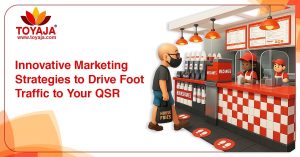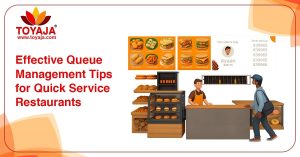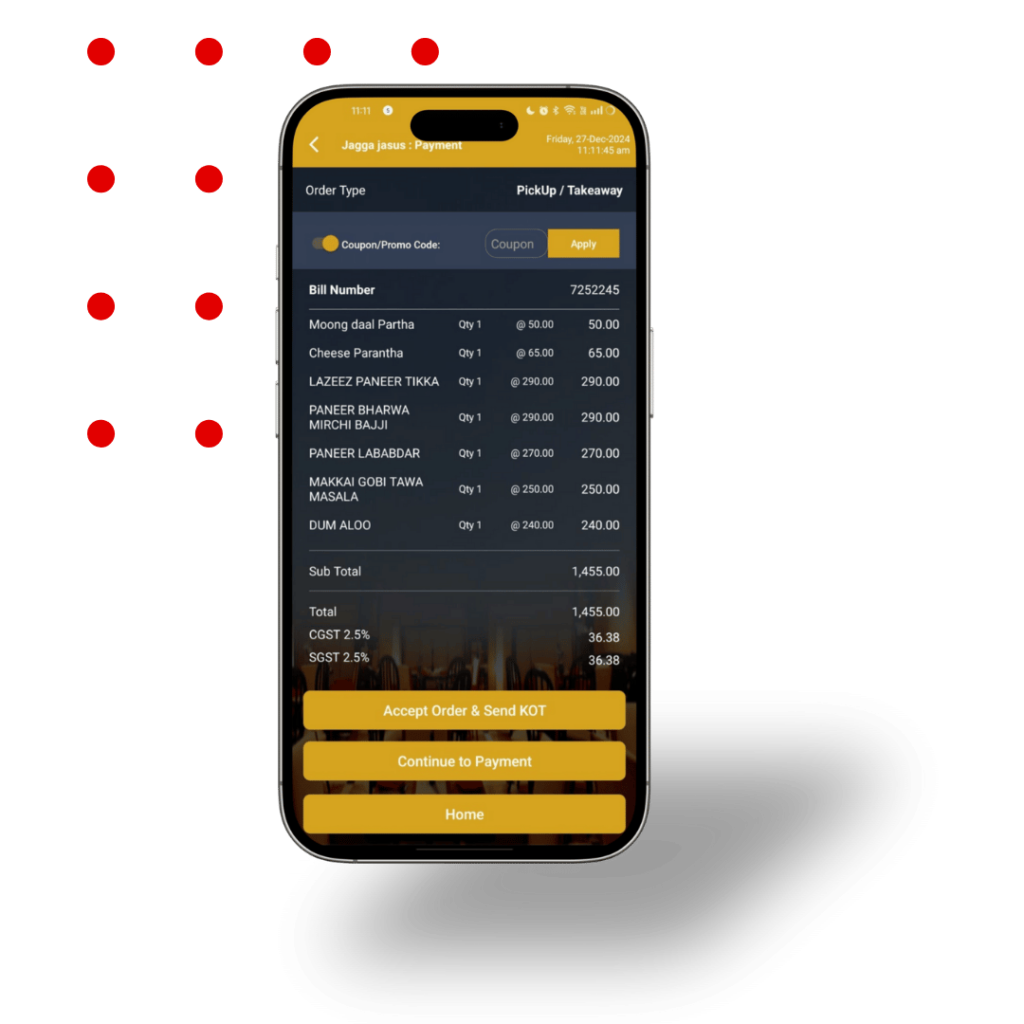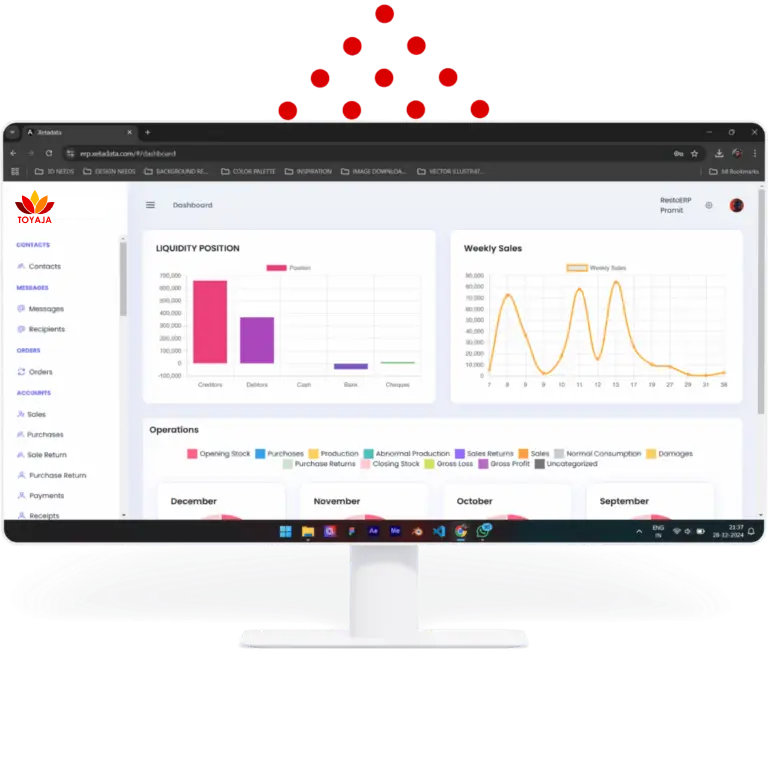Fast forward 18 months. You’re staring at spreadsheets at 2 AM, wondering where all your money went. Sound familiar?
The Brutal Truth About Restaurant Survival Rates
Here’s what nobody tells you at culinary school: Opening a restaurant is the easy part. Getting customers through the door? Manageable. But keeping those doors open for years? That’s where most restaurant owners hit a wall. The statistics are sobering. While the exact failure rate varies, industry experts consistently point to one thing: sustaining a restaurant beyond the first few years is incredibly difficult. But here’s the kicker – it’s not because of bad food or poor service. Most restaurants fail because of what happens behind the kitchen doors, in the place you probably spend the least time thinking about: your stockroom.The Silent Profit Killer: Poor Inventory Management
Let me ask you something. Right now, without looking, can you tell me:- Exactly how much you spent on ingredients this week?
- How much food you wasted yesterday?
- Whether you’re over-ordering or running out of key items?
The Three Money Drains Every Restaurant Owner Faces

1. The Mystery of Material Costs
Without proper tracking, you’re basically throwing darts in the dark. You think you know what that salmon dish costs to make, but do you really? When you can’t track your true food costs, you can’t price properly – and you definitely can’t stay profitable.

2. The Consumption Black Hole
Jay from Jaju Kitchen and Bar put it perfectly when he told us his biggest headache: “We had no idea how much we were actually using each day or what was left in stock.”
Sound familiar? When you don’t know your daily consumption patterns, you end up either running out of popular items (hello, disappointed customers) or over-ordering (hello, spoiled
inventory).

3. The Waste Monster
This is the big one. Food waste in restaurants averages 4-10% of purchases, but most owners have no clue what their actual number is. Without measuring waste, you can’t control it. And uncontrolled waste is just money walking straight out your back door.

1. The Mystery of Material Costs
Without proper tracking, you’re basically throwing darts in the dark. You think you know what that salmon dish costs to make, but do you really? When you can’t track your true food costs, you can’t price properly – and you definitely can’t stay profitable.

2. The Consumption Black Hole
Jay from Jaju Kitchen and Bar put it perfectly when he told us his biggest headache: “We had no idea how much we were actually using each day or what was left in stock.”
Sound familiar? When you don’t know your daily consumption patterns, you end up either running out of popular items (hello, disappointed customers) or over-ordering (hello, spoiled
inventory).

3. The Waste Monster This is the big one. Food waste in restaurants averages 4-10% of purchases, but most owners have no clue what their actual number is. Without measuring waste, you can’t control it. And uncontrolled waste is just money walking straight out your back door.
1. The Mystery of Material Costs Without proper tracking, you’re basically throwing darts in the dark. You think you know what that salmon dish costs to make, but do you really? When you can’t track your true food costs, you can’t price properly – and you definitely can’t stay profitable.


2. The Consumption Black Hole Jay from Jaju Kitchen and Bar put it perfectly when he told us his biggest headache: “We had no idea how much we were actually using each day or what was left in stock.”
Sound familiar? When you don’t know your daily consumption patterns, you end up either running out of popular items (hello, disappointed customers) or over-ordering (hello, spoiled
inventory).
2. The Consumption Black Hole Jay from Jaju Kitchen and Bar put it perfectly when he told us his biggest headache: “We had no idea how much we were actually using each day or what was left in stock.”
Sound familiar? When you don’t know your daily consumption patterns, you end up either running out of popular items (hello, disappointed customers) or over-ordering (hello, spoiled
inventory).

3. The Waste Monster This is the big one. Food waste in restaurants averages 4-10% of purchases, but most owners have no clue what their actual number is. Without measuring waste, you can’t control it. And uncontrolled waste is just money walking straight out your back door.

Why Your Excel Spreadsheet Is Sabotaging Your Success
I get it. You started with a simple Excel sheet or maybe even a paper logbook. It felt manageable when you were small. But now?
One restaurant owner described their manual system as “cumbersome” – and that’s putting it nicely. Here’s what these outdated systems are really costing you:
Time Theft: The manager at Jaju Kitchen and Bar was spending 3 hours every single day just managing inventory in Excel. That’s 21 hours a week – more than half a full-time position – spent on administrative tasks instead of growing the business.
Accuracy Issues: Manual entry means human error. And in a business where margins are razor-thin, small mistakes add up to big losses.
No Real-Time Insights: By the time you realize you’re running low on something, it’s too late. Your customers are already disappointed, and you’re scrambling.
The Game-Changer: How Smart Inventory Software Transforms Restaurants
Now, let me tell you about the restaurant owners who figured it out.
Remember that 3-hour daily inventory nightmare? After implementing proper inventory software, that same manager cut it down to just 40 minutes. That’s 2 hours and 20 minutes back in their day – every single day.
But the time savings are just the beginning. Here’s what really changes the game:

- Crystal Clear Financial Control
Finally know your true food costs down to the penny. Price your menu with confidence. Spot profit leaks before they sink your ship. - Operational Efficiency That Actually Works
One manager told us the software “made our life much, much easier” compared to their old manual system. When your inventory management becomes effortless, you can focus on what really matters – your customers and your food. - Waste Reduction That Boosts Your Bottom Line
See exactly where waste is happening and stop it in its tracks. Many restaurants reduce food waste by 15-25% in their first year with proper inventory tracking. - Surprisingly Simple to Use
Worried about complicated software? Don’t be. Modern inventory systems are designed for busy restaurant owners, not tech experts. As one user put it: data entry becomes “pretty easy.”
Your Next Steps: From Surviving to Thriving
Look, I know change feels overwhelming when you’re already juggling a million things. But here’s the truth: every day you wait is money walking out the door.
The restaurants that thrive long-term aren’t necessarily the ones with the best food (though that helps). They’re the ones that master the business side – and that starts with knowing exactly what’s happening in your stockroom.
Quick Self-Assessment:
- Are you spending more than 30 minutes a day on inventory tasks?
- Do you regularly run out of menu items unexpectedly?
- Can you calculate your food cost percentage for last week right now?
- Do you know your biggest sources of food waste?
If you answered “yes” to the first two or “no” to the last two, it’s time to upgrade your system.
The Bottom Line
Your restaurant’s success isn’t just about great recipes and excellent service (though those matter too). It’s about having the financial clarity and operational control to make smart decisions every day.
The difference between restaurants that barely survive and those that truly thrive often comes down to one thing: knowing their numbers and controlling their costs.
Don’t let poor inventory management be the reason your dream doesn’t last. Your future self – and your bank account – will thank you.

Ready to take control of your restaurant’s inventory? Start by evaluating your current system. How much time are you losing? How much money is walking out the door? The answers might surprise you – and motivate you to make a change that could save your business.
What’s your biggest inventory challenge? Share your experience in the comments below.










